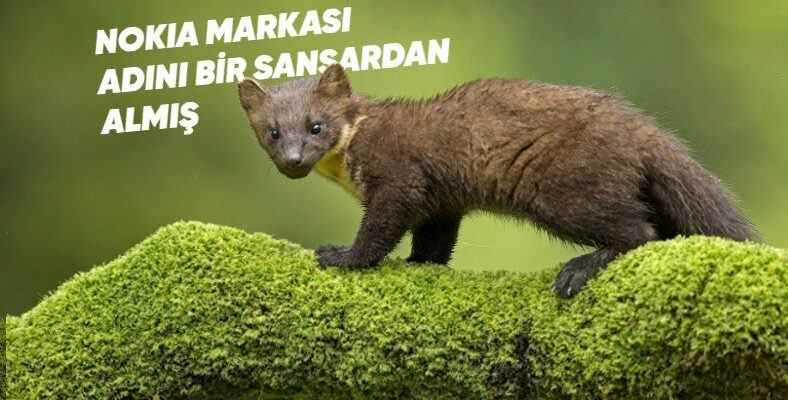Despite being a species that is not widely seen in our country, martens found almost everywhere in the world are extremely wild creatures despite their tiny size. Let’s take a look at the interesting information about martens, which have somehow managed to survive for thousands of years thanks to their unique features, and try to get to know these creatures a little more closely.
When you come across a cute little marten during a walk in a forest, if you try to be deceived by its sweet stance and try to love it, you will probably have to continue your life without that hand. Yes, martens are carnivorous and extremely wild animals. They also feed on fruits from time to time, but what they generally eat are mammals that are smaller than themselves.
You may not know much about martens because there are not many of these creatures in our country. However, since they are a species that emerged thousands of years ago, they are found in different densities in many parts of the world today. These creatures, which generally live alone, can give birth to many offspring during birth. Bride Let’s look at interesting facts about marten and let’s try to get to know these creatures a little more closely.
Interesting facts about martens:
Martens can be encountered all over the world:
Most martens live in North America. Canada with the United States In almost all European and Asian countries it is possible to encounter marten. These creatures mostly live in taiga, coniferous forests and deciduous forests. Sometimes, depending on the city structure, for example, in towns on the edge of the forest, they may meet people by entering the city life. Depending on the geography they are in, they can also live in heath and meadow lands.
There are different types of marten that appeared thousands of years ago:
You might think that small creatures like martens, whose size we will talk about in a moment, are a newly emerged species. However they have been with us for thousands of years. For example, the pine marten is thought to have emerged during the last ice age of 10,500 BC. It is estimated that their spread in Europe took place in the 4th millennium BC. The types of martens, which have lived in such different regions for such a long time, have evolved according to the geographies they live in, as follows;
- american marten
- Newfoundland pine marten
- yellow-throated marten
- beech marten
- nilgiri marten
- European pine marten
- japanese marten
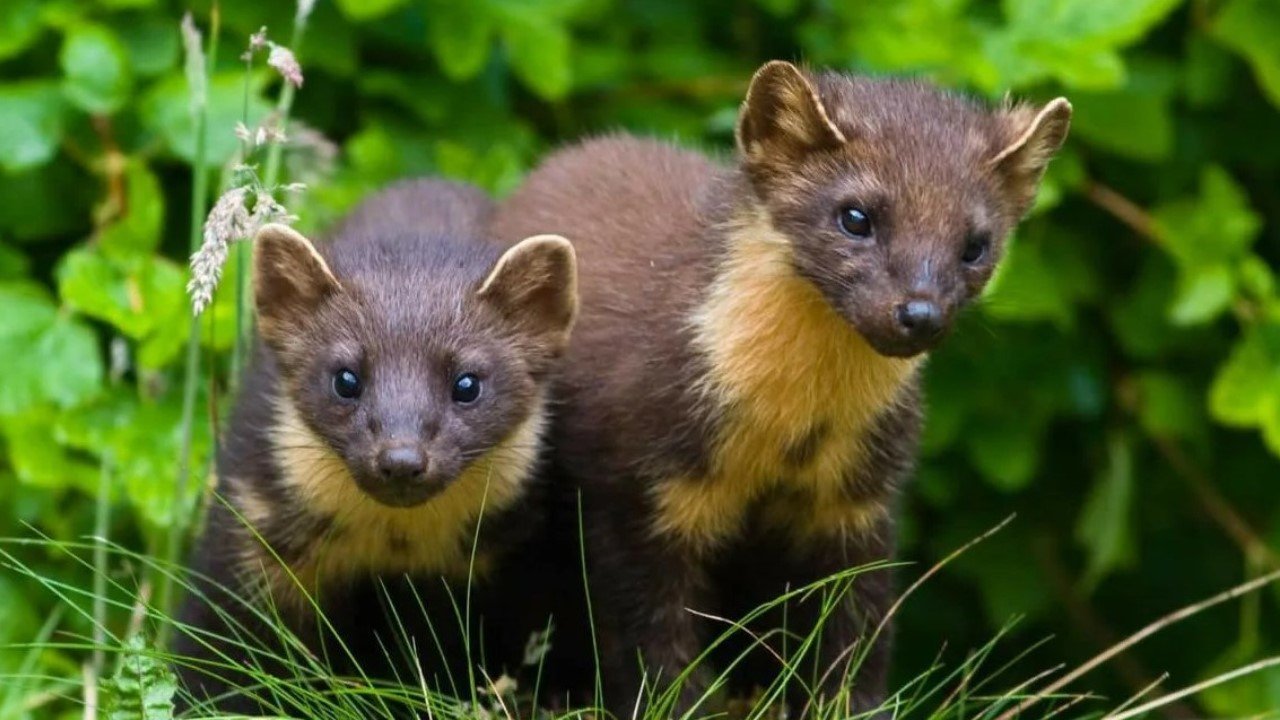
Martens are small and light, and therefore extremely agile:
If you haven’t done any research before, when the word marten is mentioned, many people think of a creature the size of a panther. Actually Martens are a species between 35 – 43 cm. Their tails can sometimes grow up to 27 cm. Their weight is no more than 2 kilograms. Thanks to these size features that seem to fly if you blow, martens make extremely agile movements. Thus, they both easily catch their prey and easily escape from their predators. In other words, they know how to turn this seemingly negative situation into an advantage.
Meat makes up a large part of the martens’ diet, even if they sometimes eat fruit:
A big reason why martens became such agile creatures at the end of the evolutionary process is that they are carnivores. Sneaking into its prey, the marten quickly jumps on it and grabs its prey with its sturdy claws and finishes it off with its sharp teeth. Martens depend on the region they live in. They hunt squirrels, voles, different kinds of mice, rabbits and fish. They have also been seen occasionally eating insects and eggs. The interesting thing is that they occasionally eat fruit, mostly strawberries. A good dessert on top of all that meat must go well.
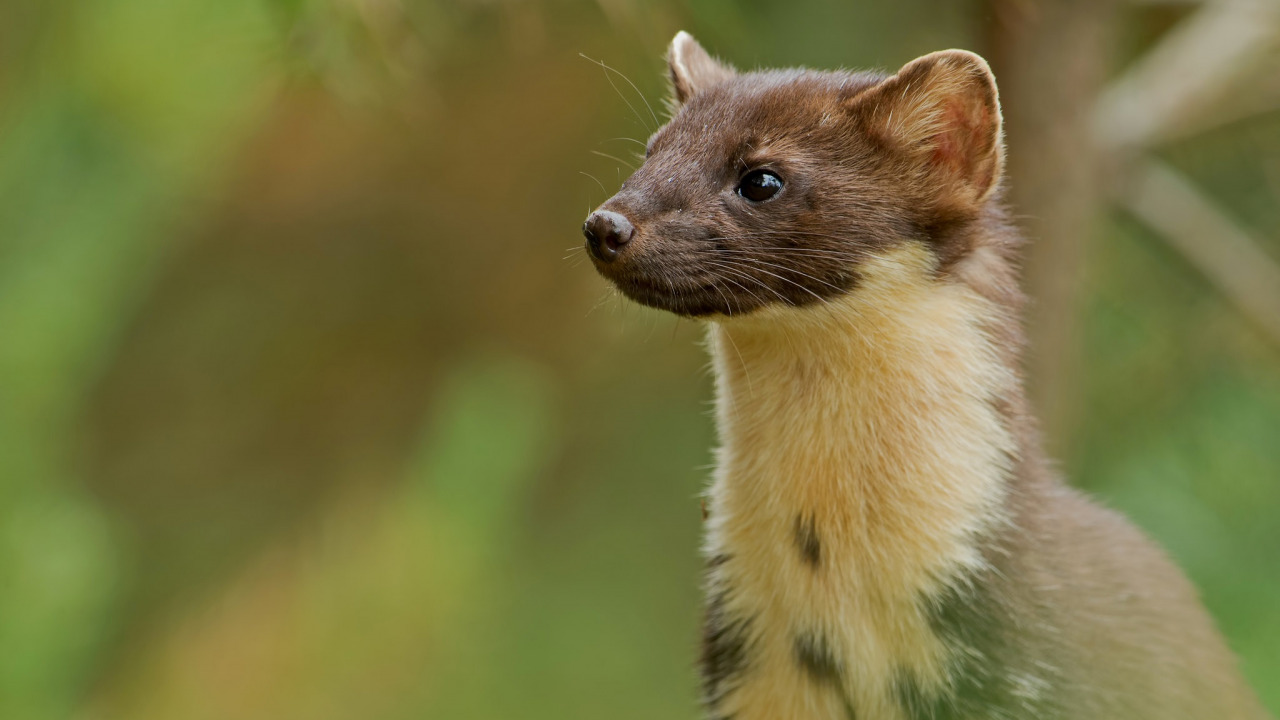
Martens are solitary creatures, some species have been shown to be polygamous:
Martens are not herd animals. They don’t even have a family. Martens are solitary animals. During the mating period in July and August every year male and female marten come together and mate. At the end of 8 months of gestation, between 2 and 5 puppies are born blind and hairless. Martens live in polygamy as they do not start families. There have been cases where both male and female members of the species have multiple partners.
The dark-loving marten has a vibrant nightlife:
In particular, members of the pine marten have been found to be much more active at night, even on dark nights without the Moon. In abandoned bird nests, They live in squirrel burrows, rock crevices and tree cavities. To survive the winter months, they nest underground or they nest in a ready-made nest. The marten, which owns the nest, determines a range area according to the density of prey. It marks this area with the fluids it secretes from the anal and abdominal olfactory glands.
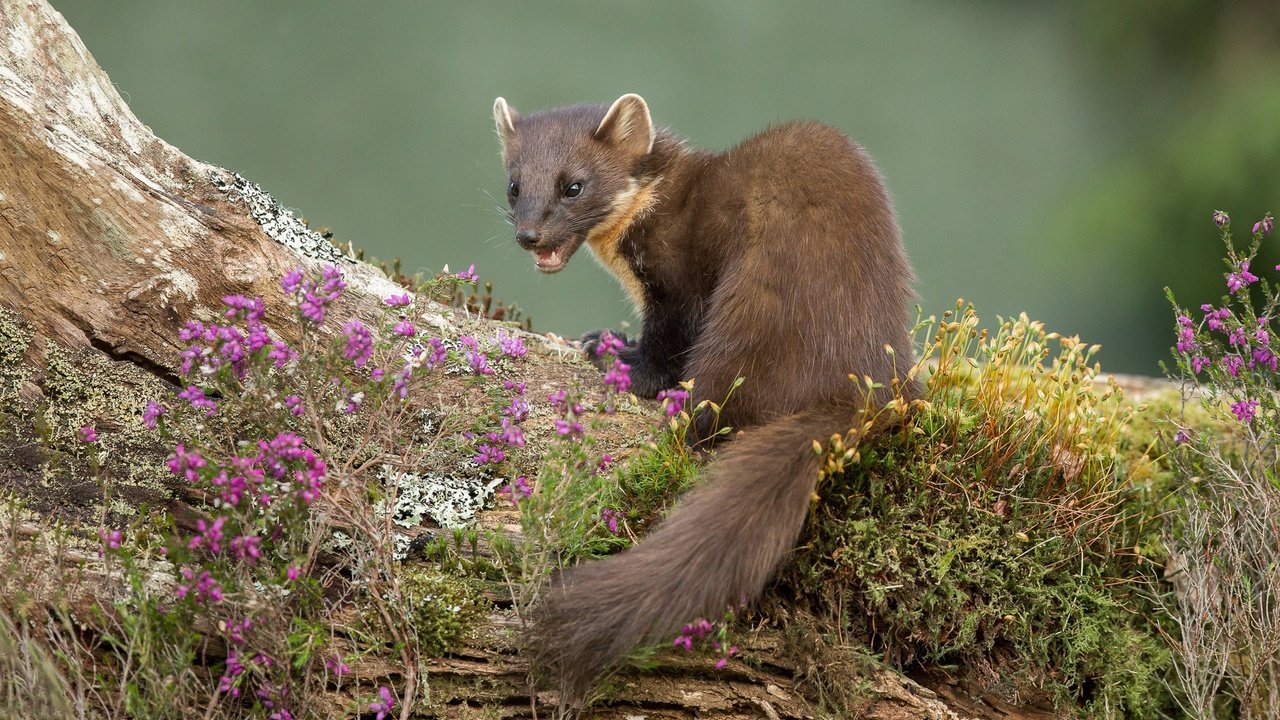
Martens have a great contribution to the ecosystem they live in:
Like all living things, martens are an integral part of the ecosystem they live in. As both the prey and the hunter, this system continues. marten’s greatest contribution, the fruits they eat. Martens, after eating a fruit, digest some of it and leave the rest in feces. Thanks to the seeds of the fruit spread with this excrement, the plant flora is also developed.
If you live in the US or Central Europe, add the marten damage clause to your insurance:
We have said that depending on the urban structure of the region they live in, weasels sometimes encounter people. For those living in the United States and Central Europe, the situation is a little more complicated. Because in these regions, martens go to find a nest. they often get into parked cars and they make a nest for themselves, smashing the whole floor. In the car insurances made in these countries, special clauses are added against the damage caused by marten and similar animals. Have it in mind.
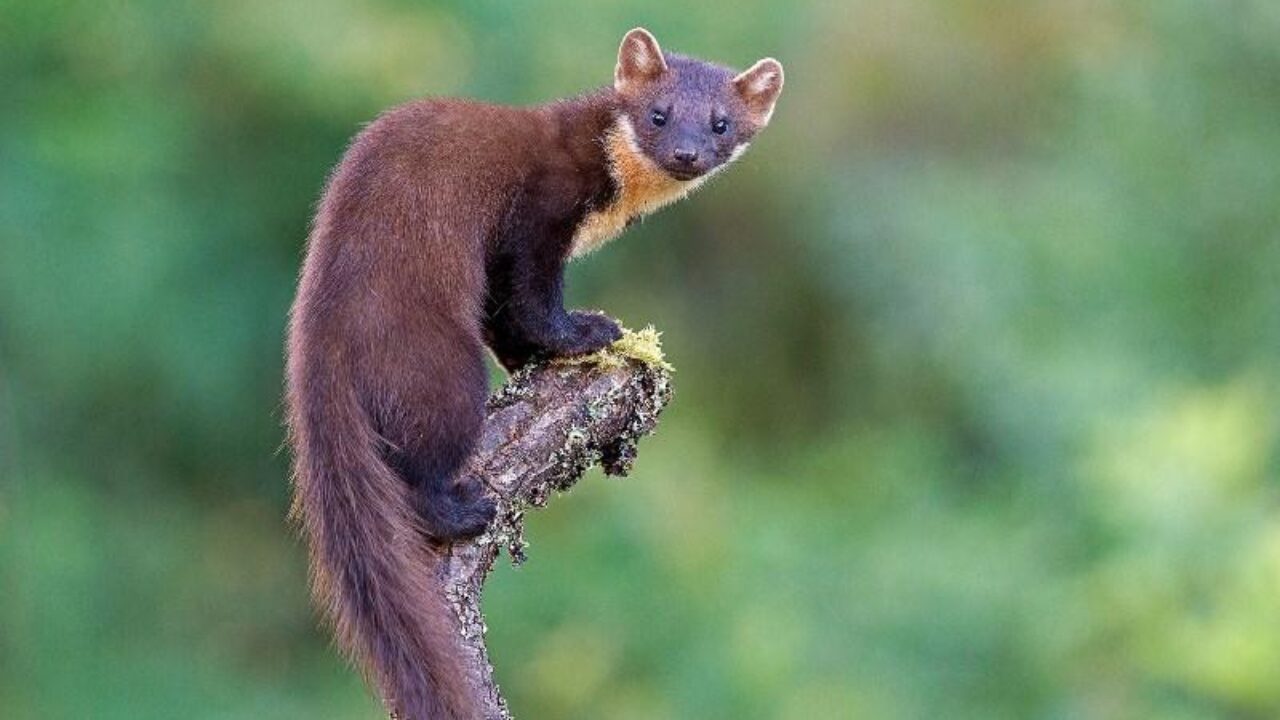
The name of the Nokia brand comes from a type of marten:
You all know Nokia, the legendary mobile phone brand of an era. Have you ever thought about what this name means? The name of the Nokia brand, which was founded in Finland in 1865, It comes from a species of marten that lives on the Nokianvirta river in the region. It is not known exactly why it got this name.
Martens’ fur is so precious, and unfortunately that’s what it looks like:
According to the data of the World Union for Conservation of Nature and Natural Resources, for now There is no danger of the marten becoming extinct. But we are the scourge of martens, who do not have many natural predators. In addition to destroying the marten’s habitat, these creatures are hunted so much that they cause the greatest loss. Marten fur has been loved throughout history because it is extremely thick and strong.
Don’t be fooled by their tiny size and cute faces. mentioning interesting facts about marten we tried to get to know these extraordinary creatures a little more closely. You can share your thoughts about Martens in the comments.
